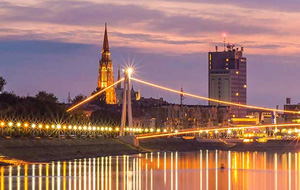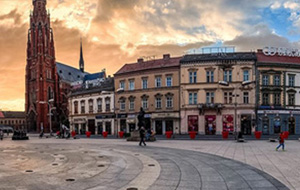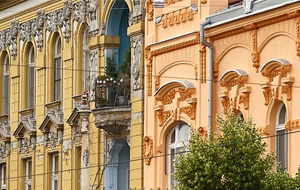Welcome to Osijek



Osijek, located in the Pannonian basin, is the fourth largest city in Croatia and the largest in the Eastern part of the country. It is the administrative, economic, educational and cultural center of Osijek-Baranja County, as well as of the historic region Slavonia.
The history of the city is well presented by its historic remains and architectural monuments dating back to the prehistoric times and the Roman times (archaeological sites), to the Middle Ages and the Baroque (the Fortress remains) as well as to the Historic and Art Nouveau streets in the present-day city center.
Currently around 18.000 students attend the 17 faculties/departments of the Josip Juraj Strossmayer University of Osijek. Osijek used to be one of the strongest industrial centers of Croatia in the 19th and 20th century.
However, in the last decade of the 20th century Osijek was seriously shaken during the Homeland war (1991-1995), which caused a serious setback in the development of the city.
The population of the city is 108.048 (Census 2011), but, just like all around Croatia, the number of Osijek population is slightly decreasing, primarily due to young people moving to West-European countries. Osijek has traditionally been a university city, with higher education facilities dating back 300 years ago. Nowadays it is much less of an industrial city, currently transitioning towards a smart city. IT industry has experienced a very strong growth, and with the new IT Park and future IT incubator/accelerator building it is expected to boost even more.
Osijek is primarily a green city located on the banks of river Drava, with numerous green areas around and within the city (17 parks and 2 urban forests). In the vicinity there is Kopački Rit Nature Park, placed in the corner formed by the river Danube and its tributary Drava.
As one of the bestpreserved floodplains in Europe, including the Special Zoological Reserve as the most valuable part of the park, Kopački rit is a very significant example of biodiversity in the region.

